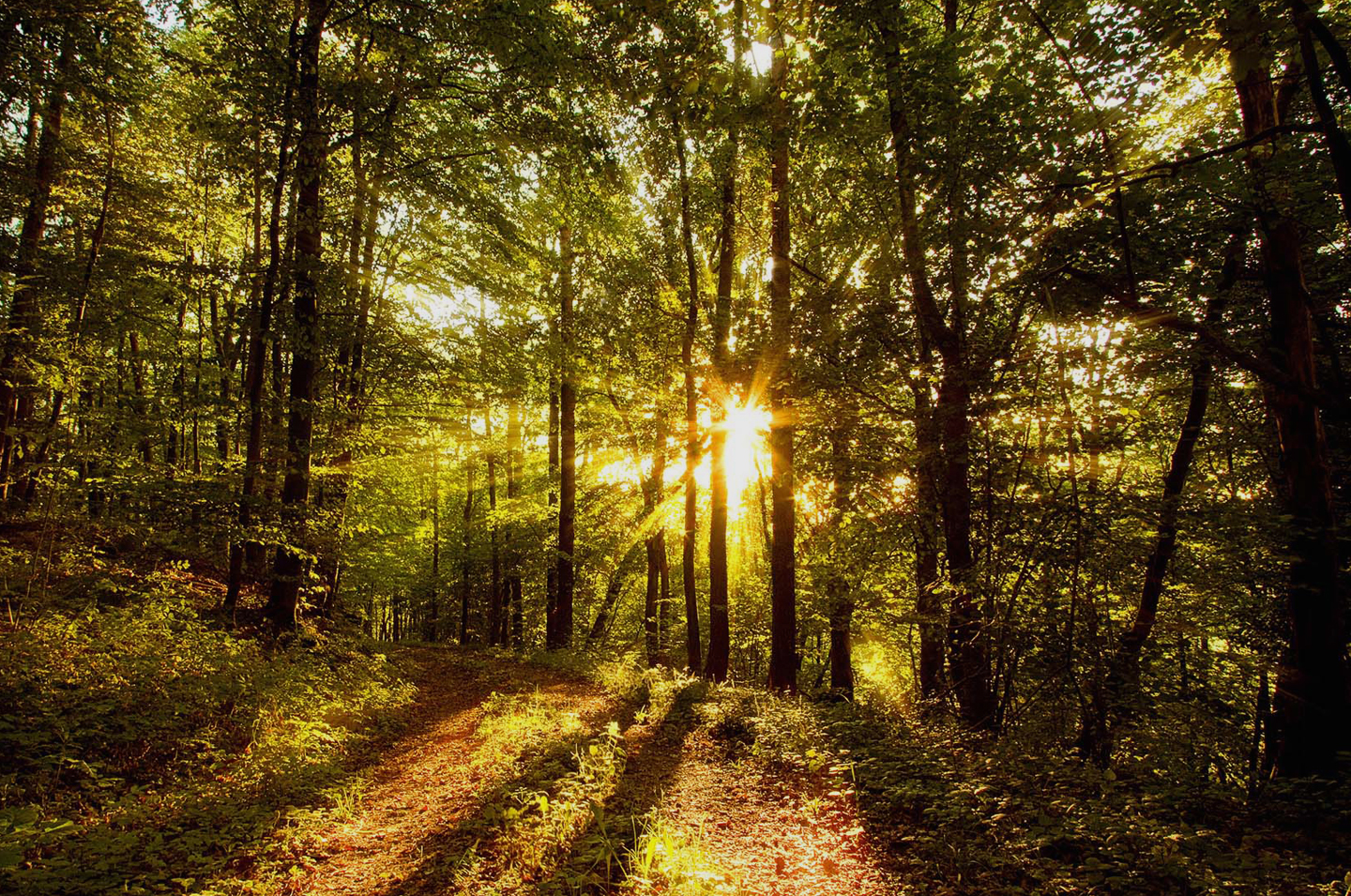-
What is the purpose of a Tree Preservation Order?
A tree preservation order protects trees that make an impact on their local surroundings. This is important when trees are in immediate danger.
-
My neighbour's trees encroach over my boundary, what can I do?
Your common law rights allow you to remove any of your neighbours' branches that cross your boundary without the need to seek your neighbours' permission, although you may wish to notify your neighbour of your intentions. You should not cross the boundary or dispose of the branches or other material from the tree into your neighbours' property, but first ask if they wish to have the material returned to them. If they do not want it, it will be your responsibility to arrange disposal.
If the tree is protected by a tree preservation order or is located within a conservation area you will need to seek permission before undertaking work to living parts of the tree.
-
My tree is protected and has been damaged by strong winds. What should I do?
You can carry out whatever work is needed to make the tree safe. The work must be the minimum needed and additional work will require an application of consent. You must inform us as soon as possible if you have carried out work to a damaged protected tree or if a protected tree has been blown over into your garden. You may be required to replace a protected tree that has been blown down or felled.
If possible take a photograph of the storm damage or get a professional tree surgeon to make a written report, as it will be your responsibility to prove that the work carried out was essential to make the tree safe
-
What is a Conservation Area?
A conservation area is an area of special architectural or historic interest, the character and appearance of which it is desirable to preserve or enhance.
Trees within conservation areas are given special protection because of the contribution they make to an area and unauthorised felling or lopping of trees carries the same penalties as trees protected by a tree preservation order. You will need to apply for consent to carry out works to a tree located in a conservation area.
-
Who becomes responsible for looking after trees, once protected?
The owner remains responsible for the trees but you must seek permission before carrying out work unless they are dead, dying, or dangerous. For appropriate help or advise on how the trees should be managed or on how best to carry out any work contact a qualified tree surgeon.
-
What happens if I carry out work on a protected tree without permission?
If you destroy or damage a tree you could be fined up to £20,000 if convicted in the magistrates court. For other offences you could be fined up to £2,500. If the tree was cut down or destroyed you will normally have to plant a replacement tree.
-
Do I always need permission to work on a protected tree?
Yes except for:
Cutting down trees in accordance with one of the Forestry Commission's grant schemes, or where the commission has granted a felling licence.
You can cut down or cut back a tree under the following exemptions:
If the tree is dead, dying or dangerous.
In line with an obligation under an Act of Parliament.
At the request of certain organisations specified in the order.
If it is directly in the way of development that is about to start for which detailed planning permission has been granted.
In a commercial orchard, or pruning fruit trees in accordance with good horticultural practice.
To prevent or control a legal nuisance (you may find it helpful to check first with a solicitor).

